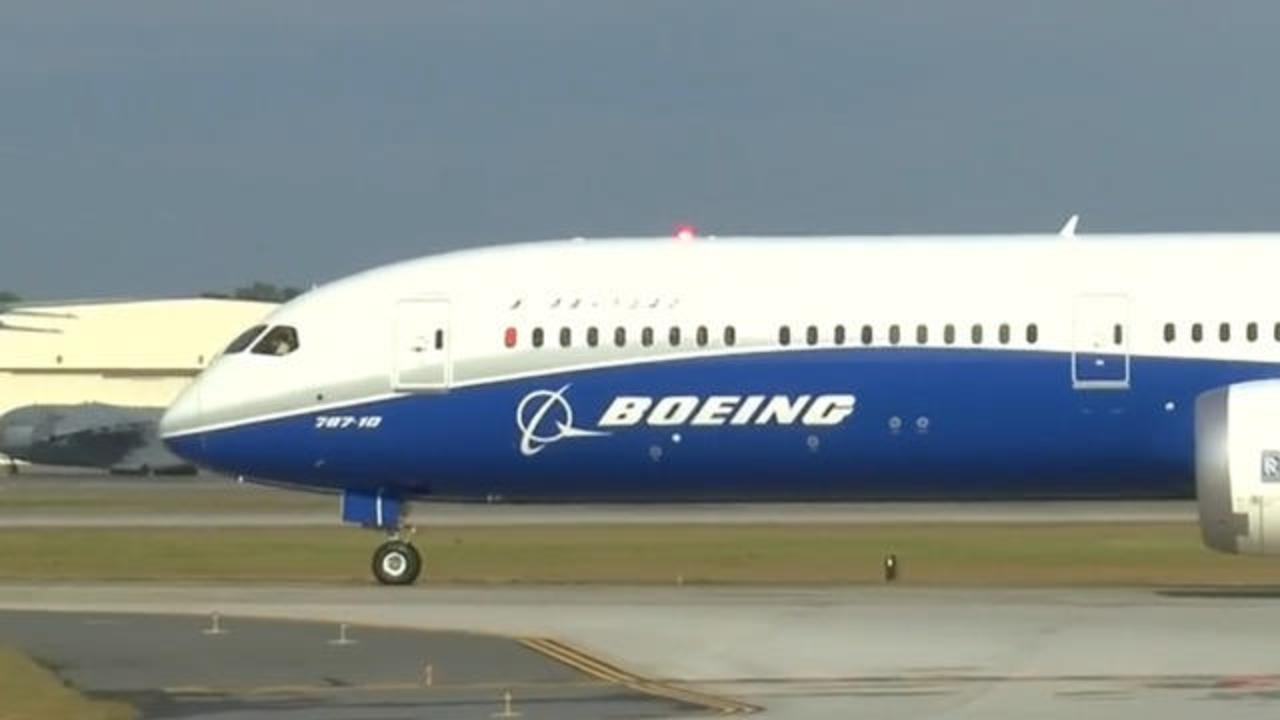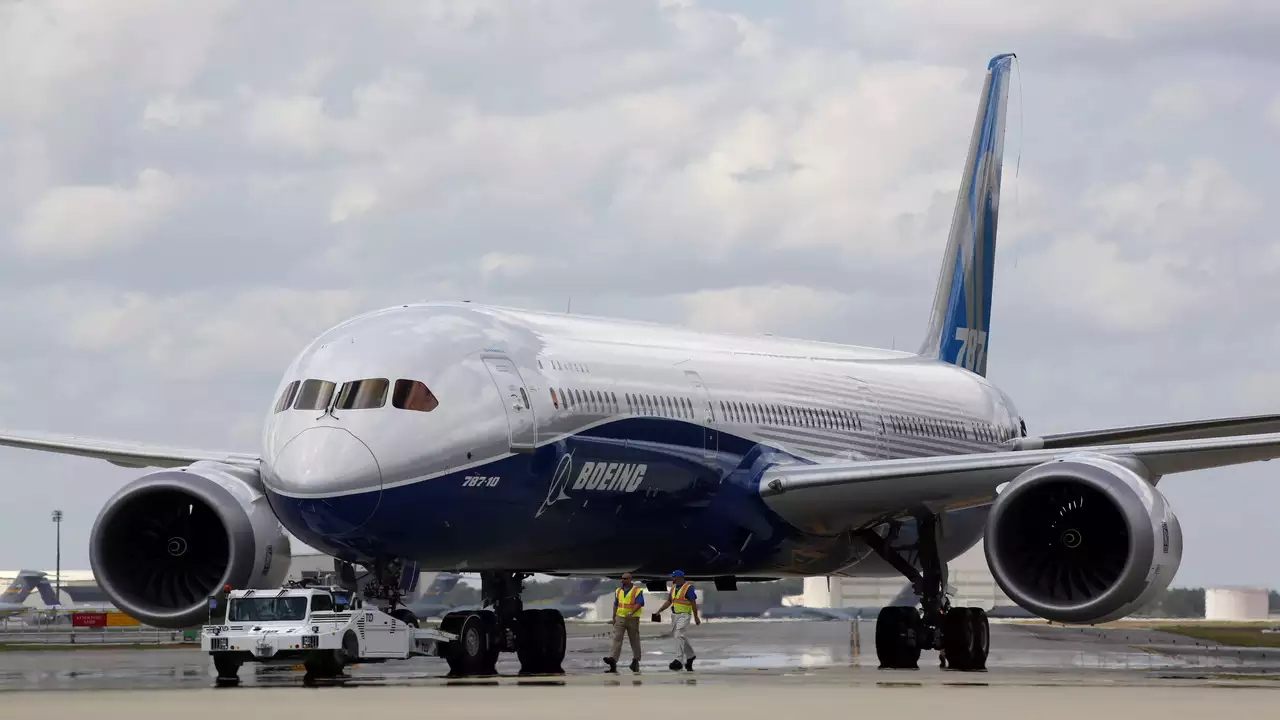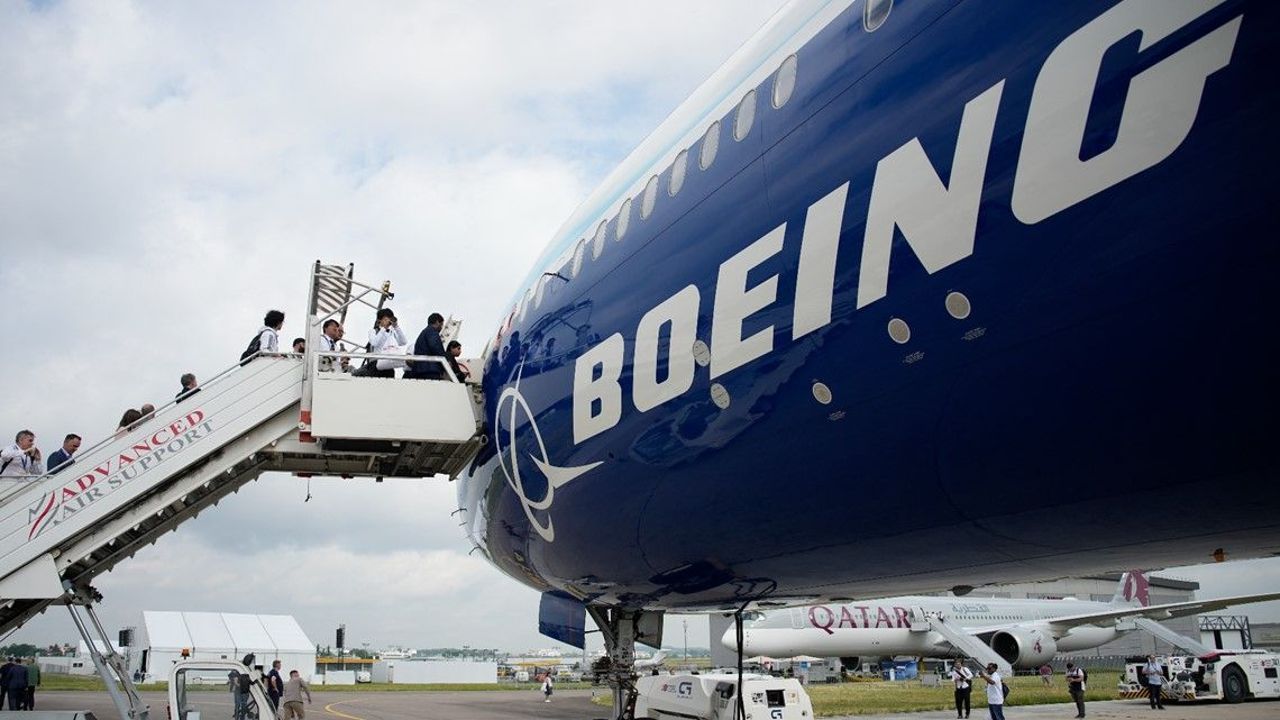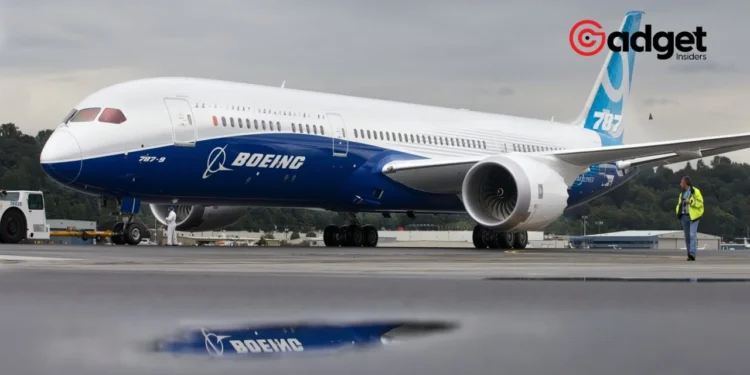In the sprawling landscape of aviation giants, Boeing has recently been caught in a turbulent storm of safety concerns and whistleblower complaints. This saga unfolded further when Sam Salehpour, a seasoned Boeing engineer, voiced serious allegations against the company’s manufacturing practices, particularly concerning the 787 Dreamliner.

Alarming Shortcuts and Potential Perils
According to Salehpour, Boeing’s overriding ambition to meet aggressive production timelines led to compromising shortcuts in the assembly of the 787 Dreamliner’s carbon-composite fuselage.
He detailed these concerns in a virtual press meeting, stating, “The company was so eager to meet its production goals that it took shortcuts when it fastened together the carbon-composite fuselage of the 787.”
Such shortcuts, he warned, could “dramatically shorten the life of the plane,” with the grim possibility of causing it to “break apart in mid-flight.”

Salehpour’s motivations for coming forward were clear and poignant: “I’m doing this not because I want the Aviation giant to fail, but because I want it to succeed, and prevent crashes from happening.” Yet, Boeing has dismissed these claims as “inaccurate,” maintaining full confidence in the 787’s integrity.
A Recurring Theme of Retaliation
The engineer’s outcry is not an isolated incident. It echoes a persistent narrative among Boeing employees—both current and former—who allege that the company has systematically disregarded their safety warnings and then retaliated against those brave enough to speak up.
This ongoing issue has already led to significant leadership shifts within the company, including the impending departure of CEO Dave Calhoun by year’s end.
Brian West, Boeing’s Chief Financial Officer, acknowledged past errors in a recent statement: “For years, we prioritized the movement of the airplane through the factory over getting it done right. And that’s got to change.”
Bridging the Disconnect: Boeing’s Safety Culture in Question
The allegations suggest a deep-rooted disconnect between the company’s management and its factory floor, challenging the company’s proclaimed commitment to a no-retaliation policy.
Javier de Luis, an MIT lecturer and member of an FAA-convened expert panel after tragic crashes involving Boeing jets, commented on the culture within the company.
He stressed the disbelief among employees about the company’s safety rhetoric, revealing that whistleblowers often faced repercussions such as being transferred or unfairly written up.
Boeing is facing newly revealed whistleblower claims that its 787 Dreamliner planes have structural failings that could eventually cause them to break apart, adding to the unprecedented crisis facing the aviation giant. https://t.co/OFuI1ZCqkg
— NBC News (@NBCNews) April 12, 2024
The Human Cost of Speaking Out
The personal stories from individuals like Davin Fischer, a former Boeing mechanic, and John Barnett, a quality manager, underscore the severe consequences faced by whistleblowers.
Fischer recounted being demoted and eventually dismissed after voicing concerns, a sentiment echoed by many still within the company who feel silenced by fear of retaliation.
Barnett’s tale is particularly heart-wrenching; he endured pay cuts and a hostile work environment, which he said took a significant toll on his mental and emotional health.
The Way Forward: Calls for a True Safety Culture
As Boeing navigates these challenging waters, the voice of Sam Salehpour serves as a critical reminder of the need for a genuine safety culture. According to his lawyer, Debra Katz, Salehpour was systematically silenced within the company, facing threats and exclusion before finally being moved to another project.

Despite these challenges, Salehpour remains hopeful about Boeing’s potential to reform. He advocates for a culture that not only promotes safety but also acknowledges and rectifies past mistakes.
“Boeing has to realize that implementing a real safety culture moving forward also means accounting for, admitting the mistakes, and correcting the mistakes that have been made over 20 years,” he stated.
The situation at Boeing serves as a compelling case study of the dynamics between corporate production goals and safety protocols. It underscores the imperative need for transparency, accountability, and a robust safety culture that protects both the integrity of its aircraft and the well-being of its people.
As the aviation industry continues to watch, one hopes that Boeing will steer towards these higher standards, ensuring the safety of both its employees and passengers around the globe.










